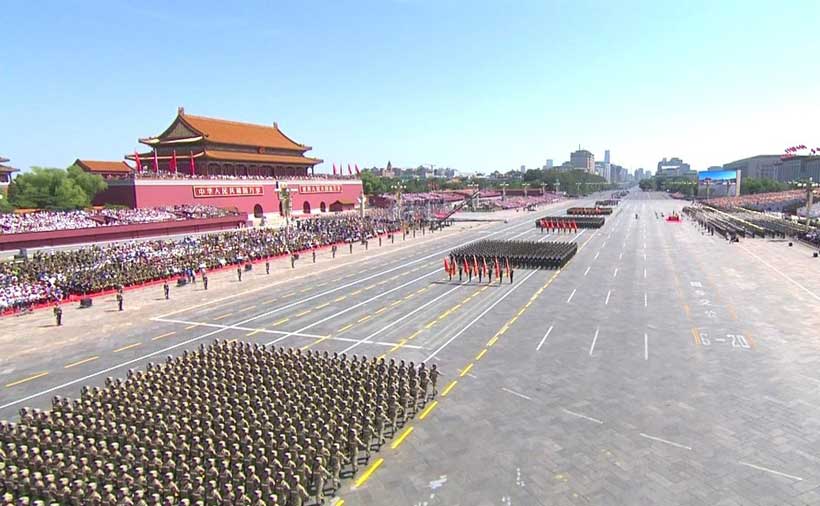Background
China will hold a large-scale “Victory Day” parade on September 3rd, an annual parade marking Japan’s surrender in 1945 and the end of World War 2. The parade is concurrent with a broader rivalry between China and the West, with Beijing strengthening its ties to nations under heavy Western sanctions. Analysts describe the alignment as an “Axis of Upheaval”, a loose coalition of states discouraged by the long-standing Western world order.
What Happened?
Chinese President Xi Jinping will host Russian President Vladimir Putin, North Korean leader Kim Jong-Un, Iranian President Masoud Pezeshkian, and Myanmar junta chief Min Aung Mlaing in Beijing on September 3rd.
It will mark the first joint public appearance of Xi, Putin, and Kim.
In total, 26 foreign leaders will attend, essentially no Western heads of state will be in attendance. The only exceptions being; Slovakia’s Robert Fico and Serbia’s Aleksander Vucic, both of whom have maintained alignment with the Beijing/Moscow sphere of influence.
Tens of thousands of Chinese troops will march in the parade, doubling as an international show of strength in addition to celebration of a historical occasion.
Why it Matters:
The parade highlights China’s role as a diplomatic hub for sanctioned and otherwise isolated leaders, further enforcing Beijing’s willingness to spearhead an alternative power bloc to the West. By unifying Putin, Kim and others, Xi emphasizes global leadership stature while reinforcing alliances that bypass Western sanctions. The gathering also underscores the immense economic leverage of China, from buying 90% of Iran’s oil exports to sourcing strategic rare earth minerals from Myanmar.
Stakeholder Reactions:
Analysts: Note that the “Axis of Upheaval” provides critical, mutual lifelines to resist sanctions, whether by supplying energy, blocking trade routes, or reinforcing each other diplomatically.
Western observers: Concerned that the absence of major Western leaders contrasts sharply with the presence of sanctioned figures, signaling a deepening divide in global alignments.
Alfred Wu, NUS Singapore: Asserts that XI is projecting strength, showing that leaders he once admired now stand beside him, and in some senses now look to him, symbolizing his rise as a global leader.
What’s Next?
The parade is likely to amplify rhetoric about resisting Western dominance and provide new opportunities for side meetings between sanctioned leaders. As China balances this coalition with its own global economic interests, that still undoubtedly relies on some level of cooperation with the West despite growing tensions. Said growing tensions stemming over energy security, Taiwan and sanctions enforcement are likely to intensify over the years. The event will serve as a visual reminder of shifting alliances and who stands on each side of the contemporary multipolar world order.
With information from Reuters
